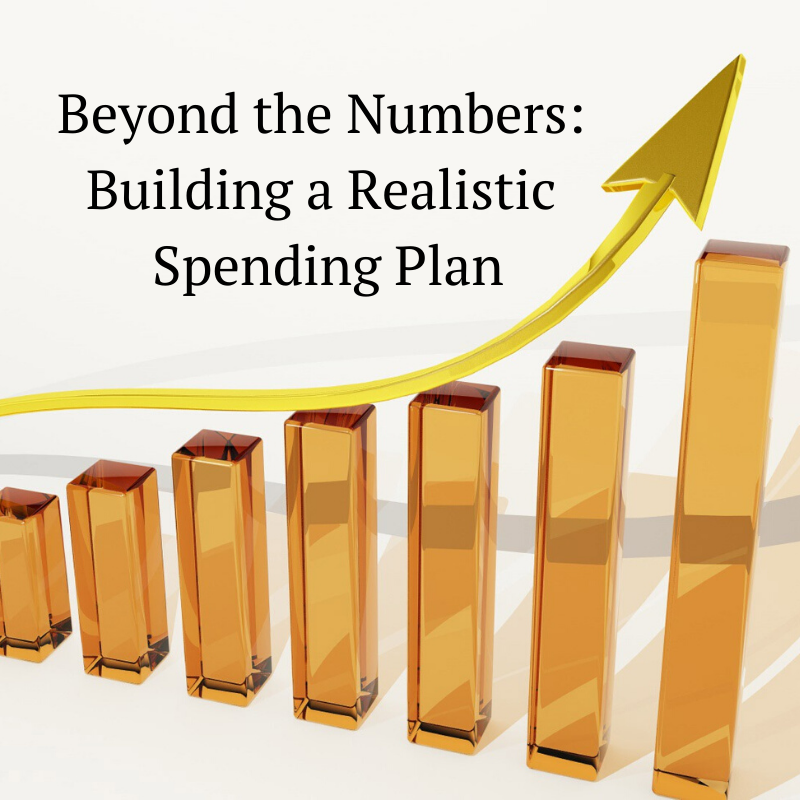By Andrew Baron, CFP®
The first thing to do when beginning a financial plan is to develop a spending plan. The plan should be both comprehensive enough to effectively keep track of all the moving parts and simple enough to be useable. It’s difficult to follow a plan if you barely understand it! At the end of the day you want less money going out than is coming in and having categories of spending can help you better account for each transaction as well as narrow down major spending that can be reduced or eliminated when you’re trying to save more money. I encourage beginning with these 5 categories and then adding additional subcategories as you see fit. The major categories are savings, fixed needs, variable needs, fixed wants, and variable wants.
One of the world’s wealthiest men and greatest investors, Warren Buffet says one should not save with what is left over, but to spend what is left after saving first. This can be daunting at first, especially if you’re trying to save the recommended 20-25% of your income. Building the habit of consistent saving is more important than the actual amount you are able to save monthly. It is perfectly acceptable to begin small and grow into saving more.
To begin, open a savings account—it can be an online bank, traditional bank, or credit union. It can be helpful to have a different accounts to easily separate which funds can be spent and which are for emergencies and planned major purchases. By consistently putting away even a small amount of money, over time, your savings accumulate. The first time you have a major unanticipated expense that you are able to cover from savings rather than take on debt or disrupt regular cash flow, you will see the benefit of a savings account. Establishing an emergency fund of 3-6 months of income is fundamental, saving even more is recommended if your employment is unsteady or if it helps you sleep at night. The idea is for you to be able to weather some interruptions in your finances.
Besides saving for the unknown, you have to save for the future by putting away money for retirement. Always check with your job for plans with matching contributions. These programs are the first place to save for retirement because you will see an immediate benefit from the additional contributions made on your behalf.
After establishing a savings strategy, the remainder of funds are for spending! Let’s begin with your fixed needs–the essentials which provide a baseline for the remainder of our plan. These costs should provide substantial value, shouldn’t fluctuate, and are predictably reoccurring. Fixed needs include items such as mortgage or rent payments, car payments, insurance premiums, and cell phone bills. Adding all of your fixed needs together yields your minimum month—the true bare minimum you need to keep your finances together.
The next most important category are variable needs. Variable needs include things such as groceries, utilities, and clothing. These are necessary expenses but the precise cost is unpredictable due to being consumption based (i.e.: utilities bill changes with the seasons) or occur sporadically (needing a new winter coat). Since variable needs fluctuate we assign a number that generally covers these costs. You may want to review old bank statements to see how much you spend monthly and average these amounts together. Over time you’ll develop a sense for what your typical spending for each category is for the month.
The fourth category is fixed wants. These are costs that are consistent, reoccurring, but aren’t vital for your everyday life. An obvious example of the category are subscription services like Netflix and Hulu. These are very predictable in cost, and can be cancelled at any time. Other examples would be convenient habits such as buying a daily coffee or going out to lunch with friends at the same place every Friday. These costs can be cut back without too much stress, and are easily calculated since they are fixed.
Variable wants, the final category, tends to be the culprit for “wasteful” spending. This category includes all impulse purchases, luxury goods, as well as entertainment costs: eating out at restaurants, attending sporting events and travel. Variable wants should be evaluated first when it comes to cost cutting, and prioritized last when building your spending plan. Planning for variable wants can keep spending in check by both providing time to save and to think about if you really want that new shiny toy.
By building a spending plan, you will become more organized with your finances and you will know where your dollars are going. This can be helpful when making choices on where to cut back and where to prioritize your spending. Additionally, you will be able to plan for major purchases and pay for them with ear marked funds, allowing you to maintain cash flow as usual. You will be able to identify where you can save. It is important to remember that while compound interest can do wonders, the backbone of any savings plan is consistent saving.


